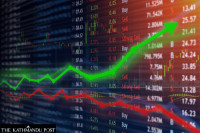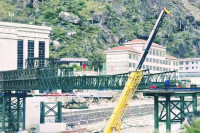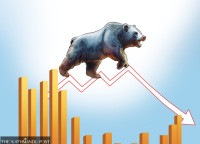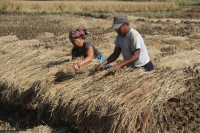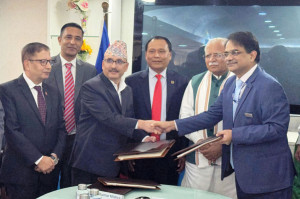Money
Mini Saarc proves shot in the arm for Pokhara
The Saarc foreign ministers’ meeting held in Pokhara for the first time is expected to give a big boost to the country’s flagging tourism industry.
Lal Prasad Sharma
The Saarc foreign ministers’ meeting held in Pokhara for the first time is expected to give a big boost to the country’s flagging tourism industry.
The high-level meeting that kicked off last Monday is the biggest event organized in the lake city so far, and travel trade entrepreneurs expect it to send a positive message to the global community.
On Thursday morning, Saarc foreign ministers had breakfast at the Fishtail Lodge and held informal discussions for a brief period there. However, their plan evening walk along the shores of Phewa Lake and sightseeing tour were cancelled due to a busy schedule.
Pokhara had been selected to host a retreat for the heads of state and government of the Saarc countries during the 18th Saarc Summit in 2014. However, the government abandoned the plan due to security reasons and chose Dhulikhel instead.
Locals are happy to host the dignitaries from the Saarc countries in Pokhara.
Such a big event will help rejuvenate tourism in Pokhara that has been struggling to get foreign visitors in the aftermath of the April 25 earthquake and subsequent Indian trade embargo, said Govinda Raj Pahari, regional coordinator of the National Tourism Promotion Committee. “The Saarc foreign ministers’ meeting has also shown that Pokhara can host important events,” he said.
A number of foreign journalists have also converged on Pokhara to cover the conference. “We expect Nepal’s real picture to be disseminated in the global arena,” Pahari said, adding that the meeting would boost the tourism industry.
Som Thapa, president of the Pokhara Tourism Council, said that the event, which is also known as mini Saarc summit, has spread the message that Pokhara is safe to visit.
“At a time when the private sector has been investing big money to promote Nepal,
this single event has been more effective in branding and promoting the lake city,” Thapa said.
Tourism in Pokhara had received a double wallop during the peak seasons last year. The April-May season was hit by the devastating April 25 earthquake. Subsequently, the Tarai became engulfed in political unrest and India mounted a trade embargo coinciding with the September-November tourism season.
The blockade led to crippling fuel shortages and made life difficult for hoteliers who have to serve food to their guests. The March-May and September-November periods are the key tourist seasons that attract a combined 60 percent of the annual tourist arrivals in Nepal.
Worried travel traders had even launched a massive promotional campaign in and outside the country to revive flagging arrivals. They had conducted two campaigns, namely Chaliye Pokhara (Let’s Go to Pokhara) in India and China Sales Mission in China in the aftermath of the earthquake.
Although the scenario has become favourable now, tourist arrivals have not rebounded to the levels the city used to receive in the past. Adventure tourism activities like paragliding, ultra light flying and bungee jumping are also popular here.
Pokhara is the second most popular tourist destination in Nepal after Kathmandu, and used to draw around 400,000 international visitors annually.
The tourism potential has led to massive investments in the hospitality sector. Hotel and restaurant capacities have doubled in the lakeside city.
Within three years, Pokhara has added 8,000 room nights. At present, its hotels can accommodate more than 16,000 tourists daily. There are around 500 tourist standard hotels in Pokhara, and many more are coming up.




 22.12°C Kathmandu
22.12°C Kathmandu.jpg)
